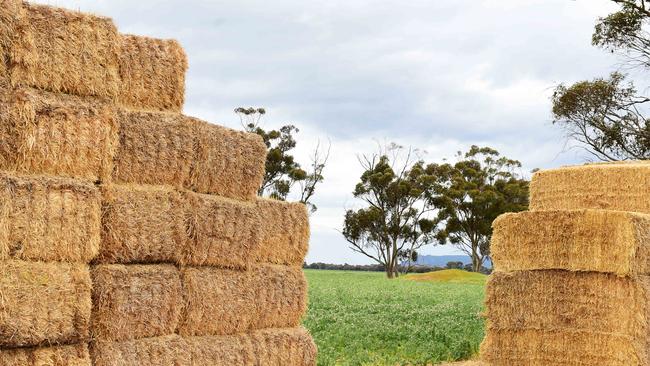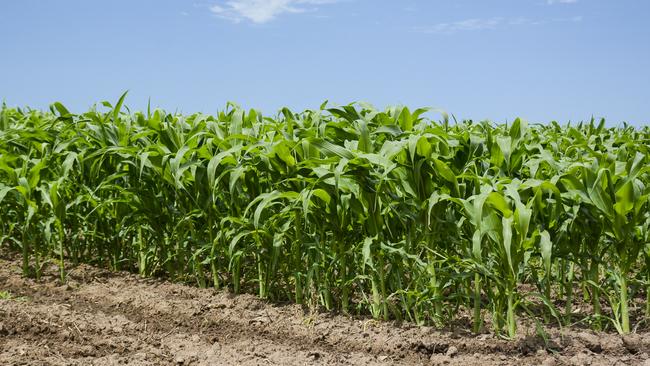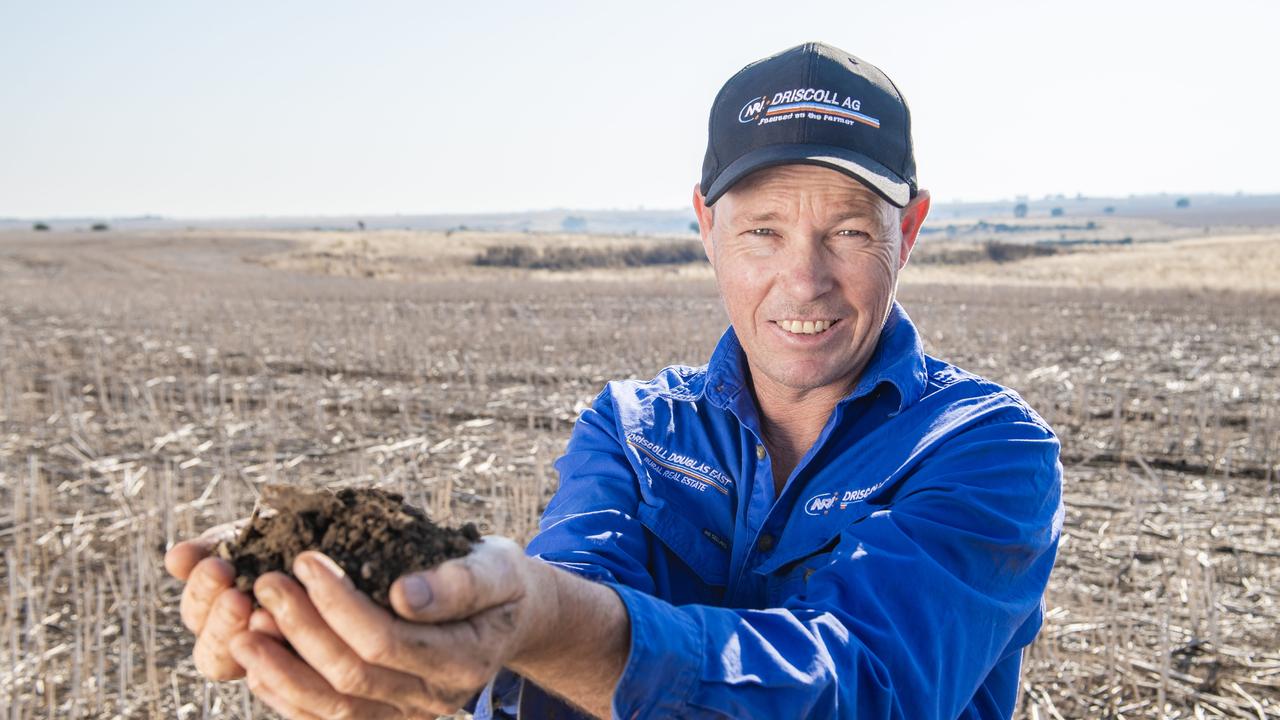Hay exports lift while corn holds promise for grain growers
As the hay market shifts its focus to winter feed, grain growers have other things on their mind.

HAY is topical as many hay sheds are full and the seasonal changes give a focus on winter feed.
News over the weekend that the newly built Gilmac export hay plant at St Arnaud was on fire was a shock for local growers. Hay from this season and last has been accumulated for the commissioning of this plant which has an annual capacity of 80,000 tonnes when operating at full capacity.
From early reports, it appears that while hay has been burnt and sheds damaged, the press and key machinery may still be functional.
Of the 11 hay processors operating in Victoria and the Riverina, two are currently out of action. Wilson Stockfeeds at Tocumwal also suffered a fire last month.
Those two plants represent approximately 20 per cent of this region’s processing capacity. Those fires coincide with an expansion of hay exports as the season to date exports are up 50 per cent on the five-year average.
Although there are some concerns about access to some markets, hay export volumes continue to grow. In the first four months of the current marketing year, national exports have increased by 6 per cent to Japan, 8 per cent to Taiwan and an impressive 67 per cent to China compared with the five-year average.
As exporters have already contracted the vast majority of the hay they require for the season, these exports will have little impact on the unsold hay remaining on farm.
Temperatures during Easter reached 10 to 12 degrees higher than average throughout most of South Australia and Victoria. The abrupt change of this week’s two to four degrees below average has many in the hay market thinking about winter feed demand.
The first stakeholders to consider market changes are the hay sellers; there are more of them than buyers at present. Of these, those growers who have hay stored outside, without cover and without regular buyers, will be the most concerned about demand.
The hay market has evolved so that the regular growers are most likely to sell hay to the regular buyers.
The trouble in the hay market this season is that there are a larger number of new hay growers who are struggling to be matched in the market with livestock operators who are also new or irregular hay buyers.
Cool weather has already delayed the corn silage harvest in northern Victoria and the Riverina and now wet weather will further delay the ensiling process.
Affordable allocations, and higher than average yields for both corn and lucerne will temper winter demand this season.
The need to start to clear hay stocks from either paddocks or sheds into a market well stocked with home grown hay and silage sees the benchmarked hay price falling further this week.
GROWERS PUT PAUSE ON SELLING AS LOW CORN STOCKS LIFT PRICES
THE weather has turned and grain growers are focused on their cropping programs for the new season.
Growers have sold some grain and generally have sufficient cash flow to fund their current sowing program and traders report that selling grain has not been a priority.
The recent ebb and flow of prices have been working in favour of growers rather than consumers and exporters.
This tends to further entrench the mind of some growers to hold off selling.
Corn has become the price driver and wheat its follower.
Global corn stocks have been shrinking while wheat stocks grow.
Analysts are noticing how affordable wheat is in many of the world’s stockfeed diets and higher feed volumes for wheat are being reflected in supply and demand estimates. As a recent example, during March wheat futures on the Chicago exchange fell $15 a tonne while corn traded $20 higher.

The feed grain sector is concerned at the dry conditions for Brazil’s corn crop, the world’s second largest exporter after the US.
Some new concerns have also surfaced over the dry conditions for wheat crops growing in Russia, the Black Sea region, the northern US states and Canada.
Markets are adjusting to this news and wheat futures markets in Chicago, Paris and the Black Sea all lifted between $10 to $13.50 a tonne after four successive weeks of falls.
The impact in local markets has been mixed.
Cash bids for warehoused stocks of Australian Premium White wheat are up strongly, lifting $14 a tonne to $283 delivered Geelong less freight to local site.
Prices for APW wheat destined to the domestic consumers and grain packers in Melbourne were more subdued and brokers report a lift of $2 a tonne to $305.
Despite this small change in the general price description for the domestic market, there are some short-term spikes in prices.
The large volume of grain moving to port combined with the strong prices for direct deliveries via road has placed great strain on logistics.
Trucks are tough to find for those merchants who do not operate their own fleets.
Existing fleet owners are already busy with their own programs and report that they struggle to have any slack in the supply of trucks.
When deliveries fall short on contracts, shortfalls have been purchased from the open market at prices as high as $20 a tonne higher than the prevailing market.
A $35 a tonne lift in lentil prices to $730 delivered Melbourne or $705 ex farm has seen growers quitting some of their lentil stocks.
MORE
GROWERS GET HEADSTART BYUT RAIN DAMPENS HAY DEMAND
HAY HARVESTERS REAPING REWARDS WHILE AUSSIE WHEAT LOSES SHEEN


